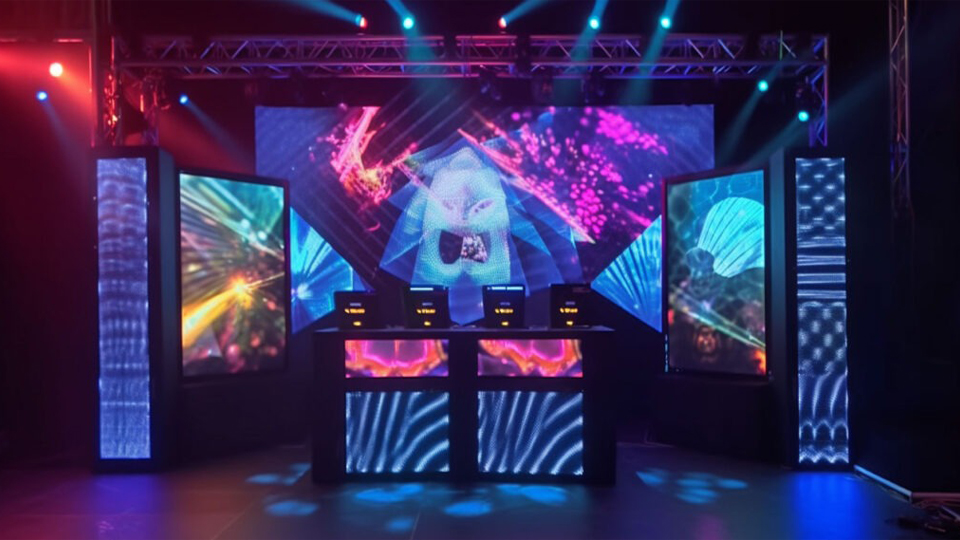
In today’s live performance and party culture, DJ LED Screen has become a core element of stage design. Whether in nightclubs, music festivals, or private events, a high-quality LED screen not only enhances visual effects but also immerses the audience. This guide will comprehensively analyze how to select, install, optimize, and maintain DJ LED display.
1. Why Do DJs Need LED Screen?
1.1 Perfect Fusion of Visuals and Music
DJ performances are not just auditory feasts but visual art. Through LED screen DJ booths, DJs can synchronize dynamic visuals, lyrics, brand logos, or custom animations to amplify the atmosphere. For example, LED video wall DJ booths enable multi-screen synergy, creating 360° immersive experiences.
1.2 Boost Branding and Professional Image
Customized DJ booths with LED screens display DJ or organizer branding, attracting commercial collaborations. Studies show dynamic visuals increase audience engagement by over 30%.
1.3 Adapt to Diverse Scenarios
From indoor clubs to outdoor festivals, LED DJ screens with high brightness and modular designs adapt flexibly. For example, outdoor DJ LED screens with waterproofing suit open-air events, while ultra-thin DJ LED panels enable rapid setup.
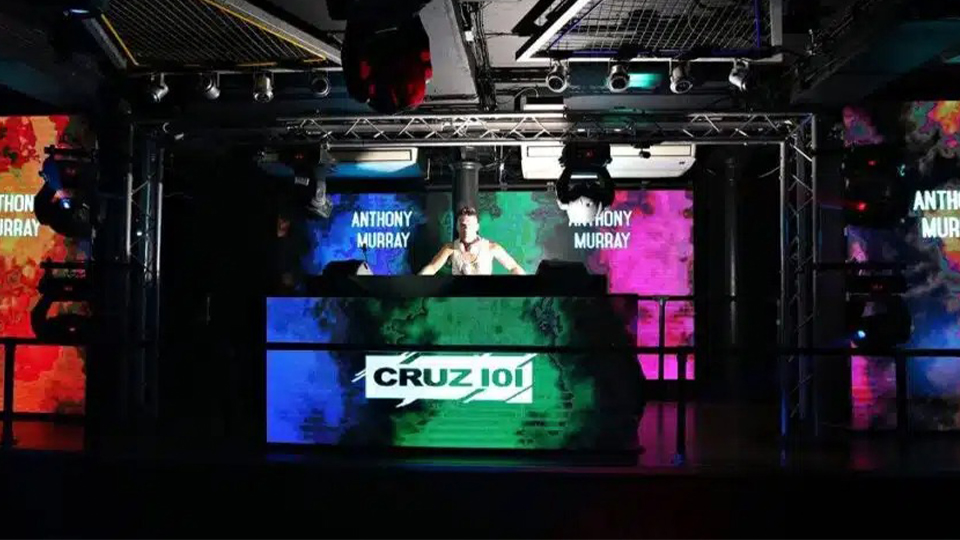
2. How to Choose the Right DJ LED Screen?
2.1 Core Specifications
Resolution & Pixel Pitch: High resolution (e.g., P2.5) for close viewing; P4-P6 for large stages.
Brightness (Nits): 2000-3000 nits indoors; 5000+ nits outdoors to combat sunlight.
Refresh Rate: ≥3840Hz prevents screen tearing during fast-paced EDM visuals.
2.2 Modular Design & Installation Efficiency
Opt for LED DJ panel with magnetic or snap-on mechanisms (e.g., RTLED series) for quick assembly. High-end models allow front maintenance, saving backstage space.
2.3 Compatibility & Control Systems
Ensure compatibility with protocols like Art-Net/DMX and DJ software (Traktor/Ableton). Some brands offer custom tools for real-time visual rendering.
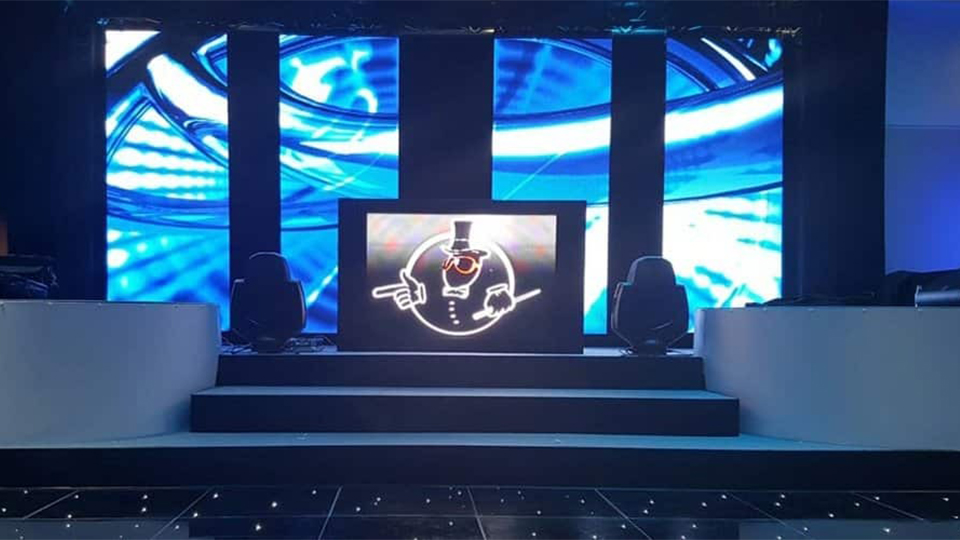
3. Installation & Calibration: From Novice to Pro
3.1 Installation Steps
Venue Measurement: Plan LED video wall DJ booth layouts with space for heat dissipation and cabling.
Frame Assembly: Use aluminum alloy frames for precision alignment.
System Connectivity: Link modules via Sender Card and Receiver Card, then test signal stability.
3.2 Troubleshooting Common Issues
Lagging Visuals: Shorten signal cables (≤30m) or switch to fiber optics.
Color Inconsistency: Apply point-by-point calibration tools like CalMAN.
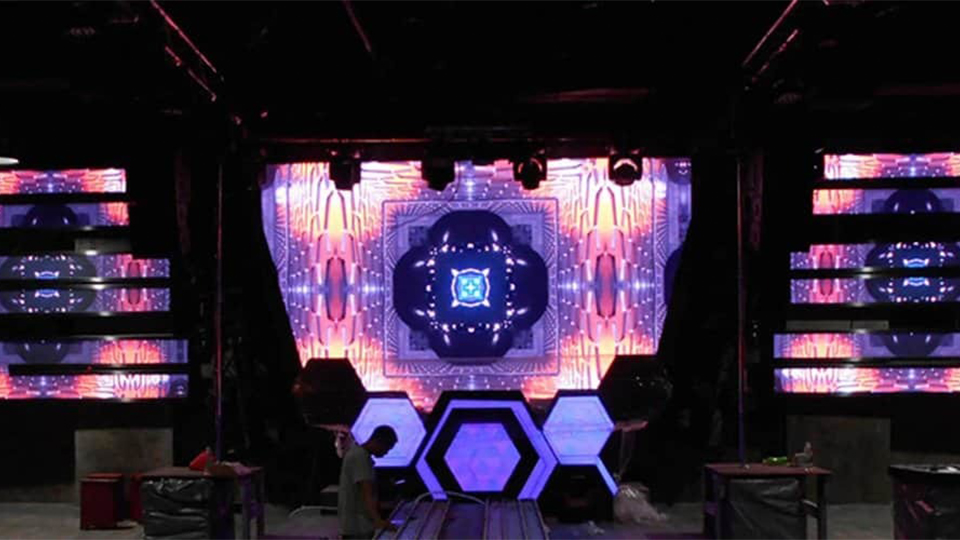
4. Optimization & Maintenance Tips
4.1 Content Creation Strategies
Template Libraries: Pre-design themes (neon, geometric, particle effects) for different music genres.
Interactive Elements: Use cameras or sensors to trigger DJ LED screen animations based on crowd movements.
4.2 Routine Maintenance
Cleaning: Wipe surfaces with microfiber cloths and non-abrasive cleaners.
Thermal Management: Clean fan filters regularly to prevent overheating.
Software Updates: Upgrade firmware to fix bugs and ensure seamless DJ screen synergy.
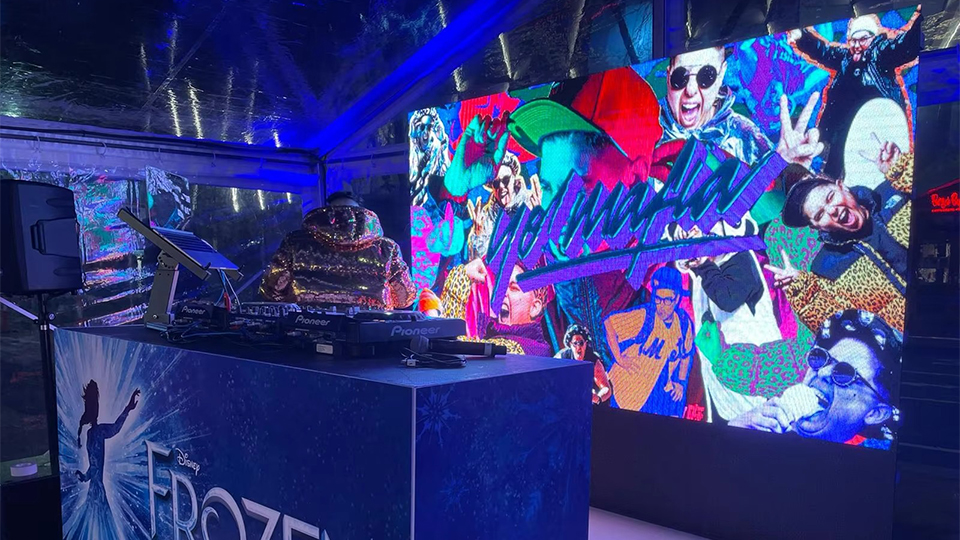
5. Conclusion
A DJ LED Screen transcends technical utility—it’s an extension of artistic expression. By selecting strategically, installing professionally, and optimizing continuously, your stage will redefine live experiences. For inquiries, contact RTLED’s screen experts!
Post time: Feb-17-2025




